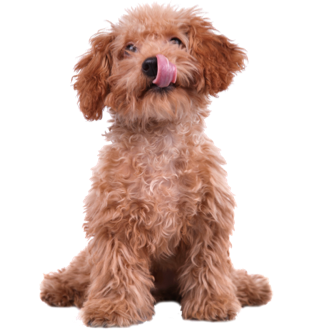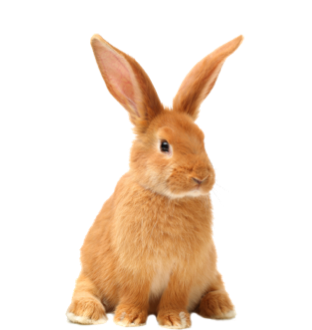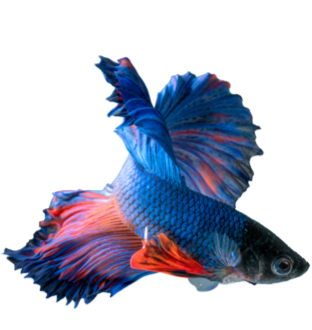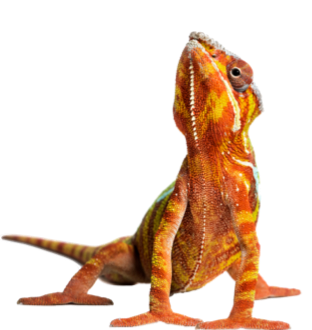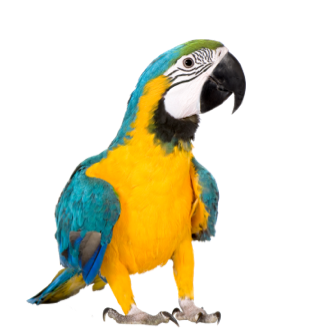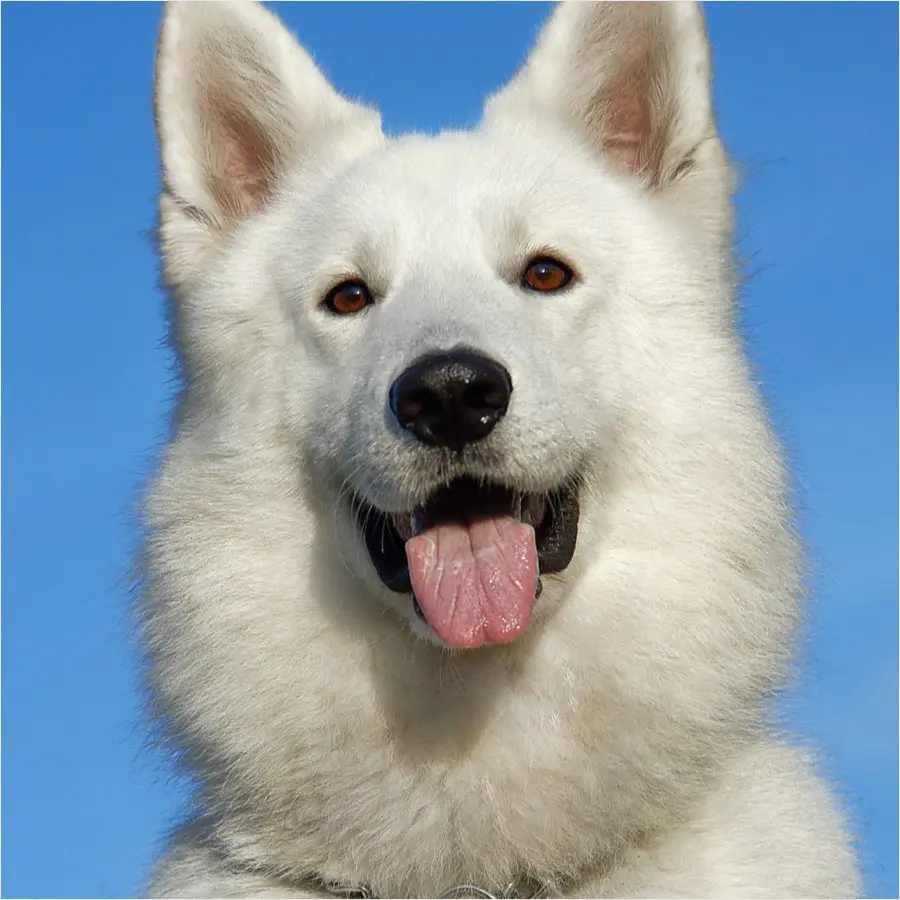If you live with a dog, you may have noticed the coarse, prominent hairs on your dog’s face, called whiskers. Whether above the eyes, on the chin, or around the nose, these stiff hairs serve essential roles in a dog’s life beyond their aesthetic appeal. Let’s delve into what dog whiskers are, why dogs have them, and the benefits they offer. By the end, you’ll see why protecting these remarkable sensory tools is crucial for your furry friend’s well-being.
What Are Dog Whiskers?
Whiskers, also known as vibrissae or tactile hairs, are sensory hairs that differ from the rest of a dog’s coat in structure, function, and placement. While a dog’s fur is designed to regulate body temperature and provide protection, whiskers are sensory tools. These specialized hairs are embedded deeper than regular fur, surrounded by nerve endings, and connected to a unique blood supply called a blood sinus. Whiskers are located in strategic places around a dog’s face, including above the eyes, near the nose, and along the chin. This arrangement helps them gather sensory information from their surroundings.
Anatomy of Dog Whiskers
A dog’s whiskers are designed differently than regular fur. Each whisker is deeply rooted in the skin, with nerve endings that detect even the slightest pressure changes. Unlike regular hair follicles, whisker follicles contain an enhanced blood supply and a dense network of nerve receptors. This arrangement amplifies any signals sent to the dog’s brain, allowing them to sense subtle movements, textures, and objects in their environment. Whiskers even help a dog “see” up close, providing information on objects that their eyesight might miss due to dogs’ limited close-up vision.
Dogs also have voluntary control over whiskers, thanks to the striated muscles around them, which are responsible for muscle movements. They can move their whiskers forward or retract them when they need to sense nearby objects more keenly.
Why Do Dogs Have Whiskers?
Whiskers play various critical roles that allow dogs to interact with and understand their world. Here are some of the primary functions:
- Spatial Awareness
Whiskers help dogs navigate their environment, especially in dark or confined spaces. They sense tiny air movements that help dogs detect objects or obstacles before touching them. This spatial awareness is invaluable for guiding dogs through narrow spaces or dark areas without bumping into objects. - Protection of Sensitive Areas
The whiskers above a dog’s eyes act as a safeguard, triggering a blinking reflex if something comes too close to the eyes. This helps prevent injury from objects that may otherwise go unnoticed. - Enhanced Hunting Ability
Wild ancestors of domestic dogs used their whiskers to sense prey movements and detect air currents that signaled the presence of other animals. Today, whiskers assist dogs in pinpointing the location of toys, food, or treats, especially at night. - Communication of Emotions
Whiskers also play a role in expressing emotions. For instance, when a dog is relaxed, its whiskers remain in a natural position. But when they are curious, focused, or threatened, whiskers may become more erect or forward-facing. Observing a dog’s whisker position can offer insights into its emotional state. - Supporting Visually Impaired Dogs
For dogs with impaired or declining vision, such as seniors, whiskers become essential for maintaining a sense of orientation. They allow these dogs to continue moving safely and confidently without relying solely on eyesight.
Dangers of Removing Dog Whiskers
Whiskers serve such crucial sensory functions that removing or trimming them can have adverse effects on a dog’s well-being. Dogs that have their whiskers cut may experience a disorienting loss of sensory input, affecting their ability to navigate or judge spaces accurately. The trimming of whiskers may even lead to behavioral changes, as dogs may become hesitant or anxious in new environments.
While trimming whiskers might not be immediately painful, the lack of sensory input it causes can result in discomfort or confusion. For blind dogs or senior dogs that rely heavily on whiskers to move around confidently, trimming can lead to accidents or injuries.
Fun Facts About Dog Whiskers
- Early Development: Whiskers are among the first hairs that develop in a dog embryo, often before other fur appears. This shows their evolutionary importance.
- Breed-Specific Variations: Different dog breeds may have varying whisker patterns. While all dogs have whiskers, the density, length, and placement can vary significantly.
- Touch Sensitivity: Whiskers are highly sensitive and comparable to the human fingertip. Just like humans rely on touch, dogs rely on whiskers to detect textures, distances, and changes in their environment.
FAQs on Dog Whiskers
Yes, dogs’ whiskers are incredibly sensitive and help them detect subtle changes in their environment. Each whisker connects to multiple nerve endings, allowing dogs to gather precise sensory information
Generally, it’s not recommended to trim a dog’s whiskers. They play a crucial role in a dog’s sensory perception and spatial awareness, and trimming can lead to confusion and even anxiety
Whisker length, thickness, and pattern vary by breed. Some dogs naturally have longer or more prominent whiskers due to genetic factors or breed characteristics
It’s common for dogs to lose a whisker occasionally. The whisker will typically regrow as long as the hair follicle is intact
Yes, whiskers in both dogs and cats serve similar functions, such as enhancing spatial awareness, aiding in hunting, and protecting sensitive areas.
How to Care for Your Dog’s Whiskers
- Avoid Trimming: Unless medically necessary, do not trim your dog’s whiskers. Cutting them can lead to sensory confusion, which may result in behavioral changes or accidents.
- Gentle Handling: When petting or grooming your dog, be cautious around whiskers. Tugging, pulling, or brushing too vigorously around the whisker areas can be uncomfortable for your dog.
- Observe Changes: Regularly check your dog’s whiskers for signs of unusual shedding or damage. If you notice any concerning changes, consult your vet for advice.
Conclusion
Whiskers may seem like simple hairs, but they play a crucial role in a dog’s sensory world. They enable dogs to navigate, hunt, communicate, and protect themselves. By understanding the purpose and benefits of whiskers, dog owners can better appreciate why it’s essential to care for and protect these remarkable tactile tools. So, next time you see your dog’s whiskers in action, remember that they’re helping your furry friend explore the world, one whisker at a time.





